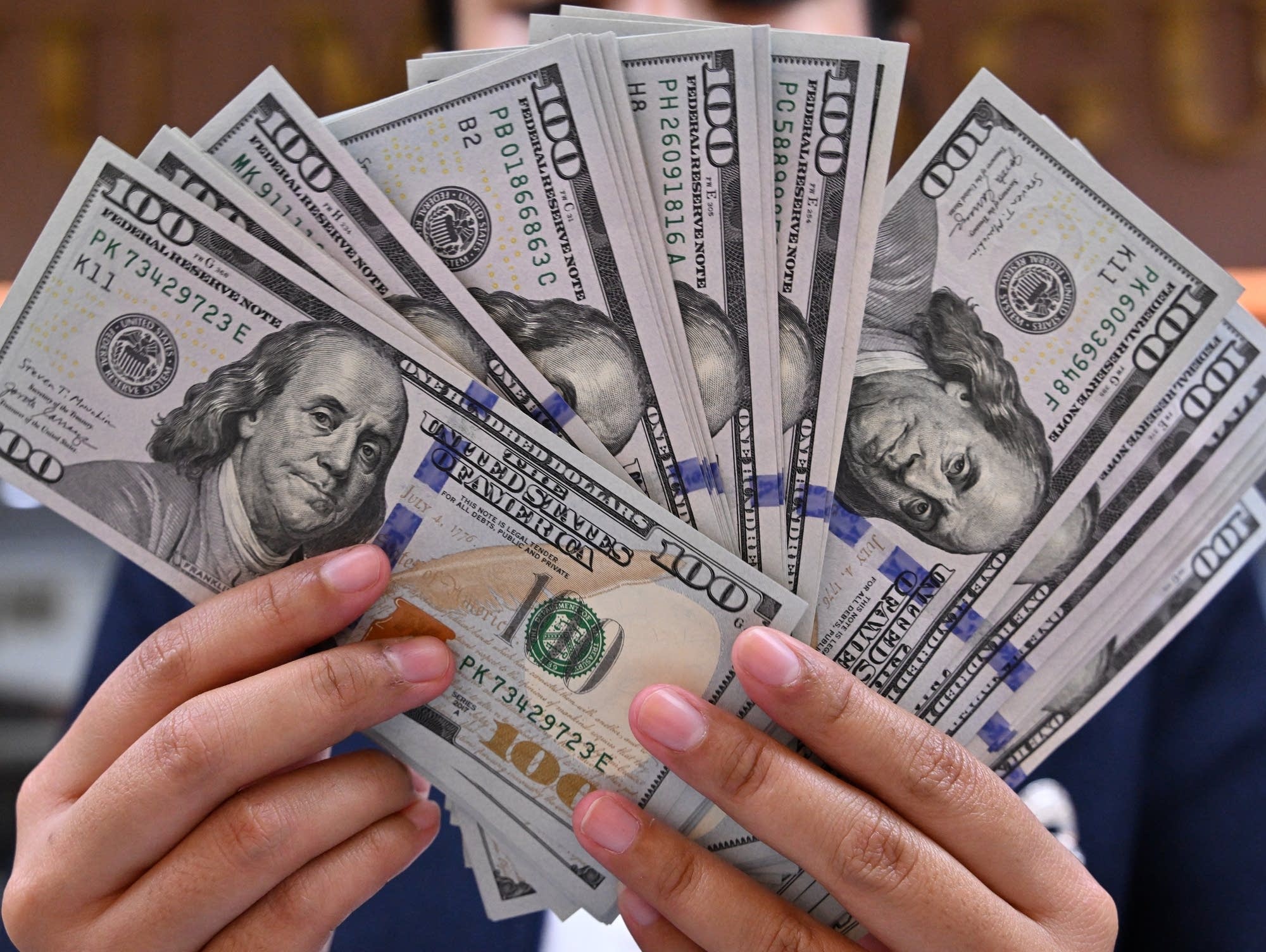Will the decline in traditional safe assets continue?
The traditional safe assets like the US dollar and treasuries will fail to rally in the future should riskier assets like equities implode?

The US Dollar and Treasuries may continue their downtrend
Global stock markets have fallen sharply in recent days, and some other ‘riskier’ assets have fallen too, like Bitcoin. But on the flipside, there’s little evidence of a ‘safe-asset’ emerging with the likes of the US dollar, treasuries, and the yen largely unmoved. Does this mean that there are no ‘safe’ assets anymore?
No doubt investors are looking at the weakness in stocks and all the hype around the possibility of an AI-related bubble, and wondering where they should put their money if a collapse occurs. In the past, it was easy. You bought US dollars and treasuries, with some scope for other safe assets to rise as well, like the yen and Swiss franc. But recently only the Swiss franc has had the look of a safe asset; the others have not. This is not an isolated event.
Back in April, when equities tanked over tariffs, the US dollar plummeted, and treasuries became so weak that President Trump announced a 90-day tariff pause. Hence, we seem to be in a situation where many traditional safe assets are losing their safety status. But why? To explain this, we need to look at why certain assets are meant to be safe. We define three reasons, but there could be more.
The first is actually not really a safe-asset idea at all but, instead, relates to the response in funding currencies when carry trades implode because of risk aversion. The idea here is that the surge in risk aversion causes those holding higher-yielding currencies on a carry-trade basis to rapidly cover their burgeoning losses by buying back the funding currency. The US dollar is often a funding currency although relatively high short rates at the moment suggest that this might not be the case.
The low-yielding yen is another funding favourite but rates are far above where they were, and positioning data from the CFTC suggests that non-commercial traders are actually long on the yen and not holding the customary short positions that would indicate a preference for yen-funded carry trades. In short, it does not seem as if the carry-unwind trade is as pervasive as it used to be in driving safe-asset strength during a bout of risk.
A second attraction of a safe asset is that it is a place to ‘park’ cash as investors temporarily ditch riskier assets. Treasuries are seen as one parking space but an important attribute of this parking space is liquidity, and we’ve seen in the past that the treasury market can prove a bit fickle, with Trump’s decision to suspend tariffs back in April because of a “yippy” bond market a case in point.
All told, Steven Barrow, Head of Standard Bank G10 Strategy, suspects that treasuries – and hence the US dollar – do not attract the same safety inflows as we might have seen in the past when the treasury market had fewer liquidity concerns. And, on top of this we have to bear in mind the sharp deterioration in the US government’s debt trajectory that might have changed investors’ perception of treasury market safety.
A third type of safe-asset demand, which is similar to carry-trade funding, occurs when risk aversion surges and international borrowers of dollars rapidly repay loans to avoid the cost of the loans spiralling higher – through US dollar strength. Their demand to buy back dollars has created a US dollar shortage in the past, but now central banks have responded to this with huge FX swap lines between the Fed and other central banks.
However, one other thing to note is that the acceleration in international non-bank lending in recent years has been in other currencies, not the US dollar. In the last five years international non-bank lending in US dollars has risen by just over 7% but the pace has been more than five times faster in both the euro and the yen. In short, the dollar’s international lending status has declined and that might mean that risk-related lending squeezes don’t lift the dollar in the way that they used to.
But does all this suggest that traditional safe assets like the US dollar and treasuries will fail to rally in the future should riskier assets like equities implode? That’s a difficult question and much may depend on whether a blowout is generated from the US, by the AI sector for instance. But Steven Barrow’s best guess is that this decline in traditional safe assets is here to stay.








